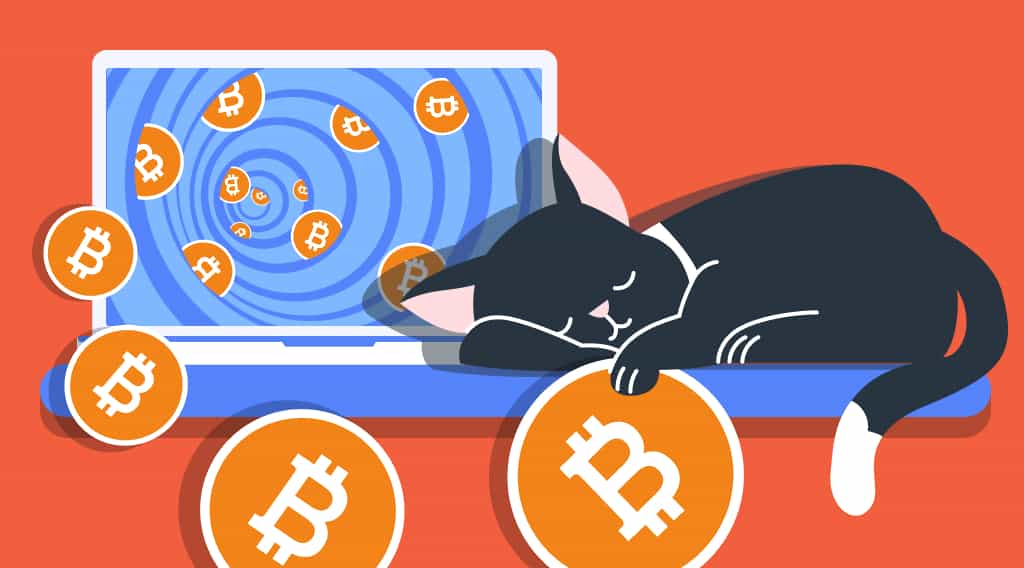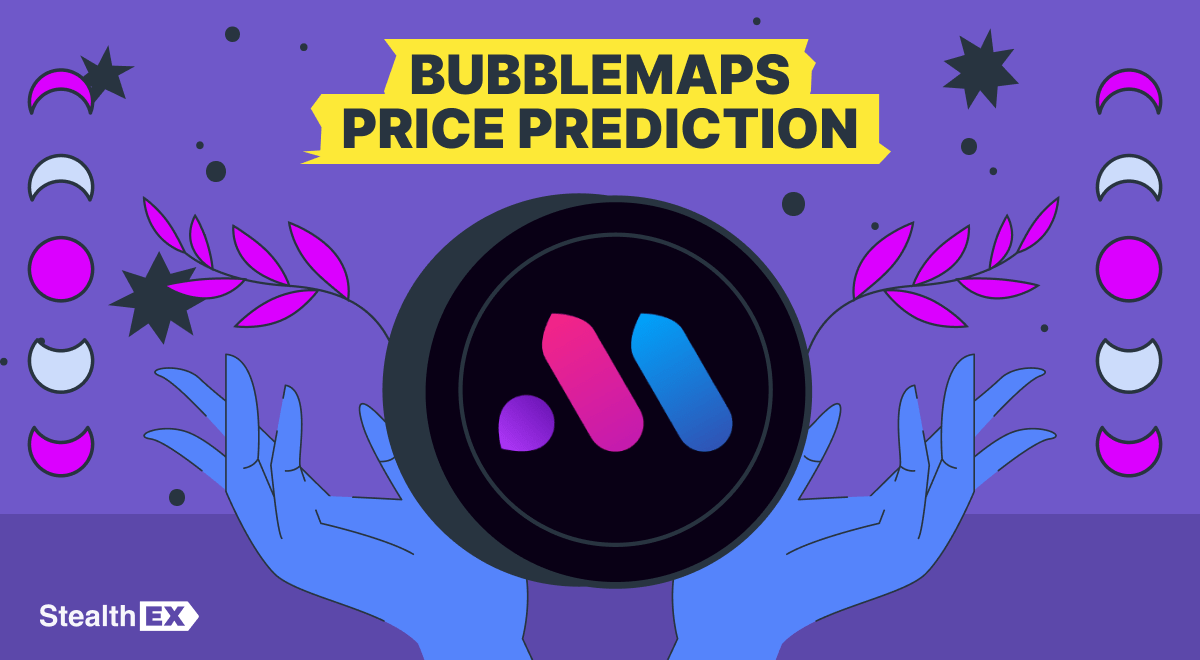Crypto Passive Income: How to Earn Free Crypto?

Crypto enthusiasts have long known about the benefits of investing in digital assets. For them, cryptocurrencies provide a multitude of money-making opportunities and these are not limited to trading crypto online or simply buying it and holding until it reaches its all-time high. Let’s discover a number of investment options that can help you earn free crypto if you are a cryptocurrency holder.

Article contents
Passive Income: How to Earn Free Crypto?
No 1: Crypto Interest Accounts
Many crypto enthusiasts that are just starting their crypto journey are unaware that you can earn interest on your digital token holdings — just like you would in a bank account. However, you’ll have access to significantly more attractive yields — unlike with a traditional bank account.
How does crypto earn work here? Well, there’re many crypto platforms that offer super-staking pools (or an interest-bearing savings account) and real-life rewards in addition to crypto earnings, for instance, Quint. Depending on which of Quint’s super-staking pools users stake their QUINT tokens to, they can earn rewards like luxury watches, discounted airline tickets, luxury hotel stays, supercar experiences, etc. When users stake QUINT tokens and receive rewards in Quint, they can earn up to 16.18% APY. When users stake a combination of BNB and Quint, the available interest rate skyrockets to 39.08%.
Similar programs for crypto holders are available on DeFi Swap, YouHodler, and even such well-known crypto exchanges as Binance and Coinbase.
No 2: Crypto Lending Platforms
Another popular way of earning passive income in crypto is by joining a lending platform. These offer a new way of crypto investment. Over the past few years, we have seen a rapid evolution of digital lending and peer-to-peer lending. However, the interest income earned from term deposit savings is at the moment lower due to the current low-interest rate environment. As a result of this and the evolution of FinTech, some investors have been seeking an alternative method of generating more wealth through cryptocurrency lending platforms.
Cryptocurrency lending is a DeFi service that acts as an intermediary to connect borrowers and lenders. Lenders deposit their cryptocurrencies into interest lending accounts, and borrowers can access loans by entering a collateralised contract using fiat or digital assets. The lending products that borrowers can access are not limited to one type of asset but rather more diverse, like fiat currencies, cryptocurrencies, and stablecoins. Therefore, the interest rate for lending and borrowing varies depending on which platform users access and what type of cryptocurrency they use.
The critical difference between the DeFi lending platform and banks is the speed of borrowing funds. Since the DeFi lending platform is an automated process that uses smart contracts, loan disbursement is nearly instantaneous, and associated costs are modest. As a result, it is faster, more convenient, and less complicated for borrowers to access funding than traditional banks.
The list of platforms that a crypto investor can use for such purposes include CoinRabbit, Nebeus, BlockFi, Aave, Compound, and many more.
No 3: Mining
One of the most popular, albeit old-fashioned, ways to earn cryptocurrency is mining. Mining is the process that Bitcoin and several other cryptocurrencies use to generate new coins and verify new transactions. A decade ago, anyone with a decent home computer could become a miner. But as the blockchain has grown, the computational power required to maintain it has increased. Besides, the electricity that the process needs may be quite expensive.
At the moment Ethereum, the second largest and most popular cryptocurrency, is undergoing a technological overhaul that will shift its protocol from Proof-of-Work to Proof-of-Stake, meaning mining ETH will stop. The Merge effectively eliminates Ethereum mining, leaving these miners without a source of income. Merge advocates, however, say the change will make the blockchain faster and more energy efficient.
No 4: Staking
Staking is a way of earning rewards for holding certain cryptocurrencies. If a cryptocurrency you own allows staking, you can stake some of your holdings and earn a percentage-rate reward over time. This usually happens via a staking pool.
The reason your crypto earns rewards while staked is because the blockchain puts it to work. Cryptocurrencies that allow staking use a consensus mechanism called Proof-of-Stake, which is the way they ensure that all transactions are verified and secured without a bank or payment processor in the middle. Any investor’s crypto, if staked, becomes part of that process.
To be able to stake your crypto, you can download a digital wallet that allows to earn a certain percentage of your digital assets, such as Dai (DAI), Cosmos (ATOM), Cardano (ADA), Tezos (XTZ), Algorand (ALGO), and many more. These features are built-in in Atomic Wallet and Exodus.
No 5: Airdrops
Crypto airdrops are a marketing strategy used by startups to give tokens to existing cryptocurrency traders for free or in exchange for minimal promotional work. Some airdrop projects send crypto enthusiasts free tokens if they have a minimum balance of a certain cryptocurrency in their account or wallet. For instance, if you have at least 0.1 ETH in your crypto wallet, you qualify to receive the airdrop. For this, you need to be an active cryptocurrency investor and maintain a balance amount.
Over the years, many platforms handed out their brand new tokens, including Stellar Lumens (XLM) and Bitcoin Cash (BCH). Another well-known crypto airdrop is UniSwap’s airdrop in 2020, when the governance token UNI was given out to users of the decentralized exchange. In total, over 250,000 accounts received 400 UNI per account, which is a lot of crypto passive income if you could sell it in bulk.
No 6: Liquidity Pools
One of the places to earn free crypto are the so-called liquidity pools, digital piles of cryptocurrency locked in a smart contract. This results in creating liquidity for faster transactions. A major component of a liquidity pool are automated market makers (AMMs). An AMM is a protocol that uses liquidity pools to allow digital assets to be traded in an automated way rather than through a traditional market of buyers and sellers.
In other words, users of an AMM platform supply liquidity pools with tokens, and the price of the tokens in the pool is determined by a mathematical formula of the AMM itself. Liquidity pools are designed to incentivize users of different crypto platforms, called liquidity providers (LPs). After a certain amount of time, LPs are rewarded with a fraction of fees and incentives, equivalent to the amount of liquidity they supplied, called liquidity provider tokens (LPTs). LP tokens can then be used in different ways on a DeFi network.
SushiSwap (SUSHI) and Uniswap use liquidity pools on the Ethereum network containing ERC-20 tokens, while PancakeSwap uses BEP-20 tokens on the BNB Chain.
No 7: Hard Forks
A hard fork event refers to a situation when a blockchain diverges into two different paths. However, there could also be a different scenario, when no splitting occurs. The next hard fork happens during The Merge of Ethereum. Ahead of the Bellatrix upgrade, most exchanges have suspended the trading of ETH and ERC-20 tokens and will support the Ethereum token in case of a hard fork event.
In the case of the hard fork event, the investor will have two choices for ETH investments. New investors will be able to buy the other Ethereum if exchanges decide to list it.
In short, if you invest in a blockchain prior to a hard fork event, you will automatically receive the new blockchain token, which you can save for later or sell.
No 8: Learn and Earn in Crypto
The Learn-to-Earn field has been talked about for some time in the crypto space. In essence, you are rewarded when you educate yourself about cryptocurrencies. There’s a number of popular crypto exchanges and platforms that offer this investment option. You can read more about it in our article — ‘The best learn-to-earn crypto platforms‘.
No 9: Play-to-Earn
Another crypto movement that has been gaining a lot of attention lately is the hyped Play-to-Earn trend. With NFT-driven P2E games players now have the opportunity to take real ownership of their in-game assets, which P2E game developers mint as NFTs on the blockchain. Although virtually identical in function to their traditional counterparts, having in-game items minted as NFTs and in-game currency fully usable as crypto opens up a host of possibilities for the player. You can find more information on the subject in our article — ‘The best play to carn crypto games‘.
No 10: Affiliates and Referrals
Finally, if you are an influencer or a media person, you can earn passive income with crypto by joining a crypto program, such as StealthEX Affiliate Program. The service allows you to choose one of three options – API integration, Referral Links, or a Widget. Alternatively, you can use StealthEX to buy one or several of over 450 cryptocurrencies that the platform offers. You can do this privately and without the need to sign up for the service. You can also do wallet-to-wallet transfers instantly and problem-free.
How to Buy Crypto at StealthEX?
Just go to StealthEX and follow these easy steps:
- Choose the pair and the amount you want to exchange. For instance, BTC to ETH.
- Press the “Start exchange” button.
- Provide the recipient address to transfer your crypto to.
- Process the transaction.
- Receive your ETH coins.
Follow us on Medium, Twitter, Telegram, YouTube, and Reddit to stay updated about the latest news on StealthEX.io and the rest of the crypto world.
Don’t forget to do your own research before buying any crypto. The views and opinions expressed in this article are solely those of the author.
best crypto crypto world cryptocurrency adoption earn crypto play to earnRecent Articles on Cryptocurrency
 PEPE Coin Price Prediction: When Will PEPE Reach $1?
PEPE Coin Price Prediction: When Will PEPE Reach $1?  Bubblemaps Price Prediction: Is BMT Coin a Good Investment?
Bubblemaps Price Prediction: Is BMT Coin a Good Investment? 
